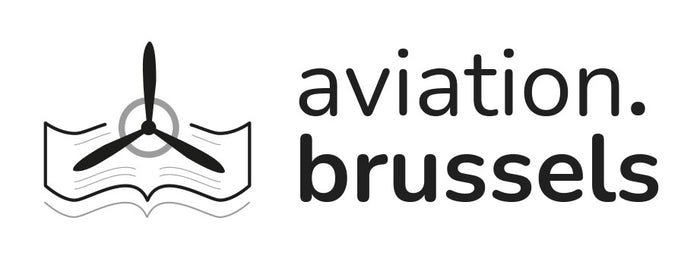GERMAN BOMBERS OF WORLD WAR ONE









Prix régulier 25,00 € TTC 6%
Characteristics
| Book cover finish | Perfect paperback |
| Special features | First edition |
| Condition | Used very good |
| Number of pages | 48 |
| Published date | 1990 |
| Languages | English |
| Size | 19 x 24 x 0.5 cm |
| Author | Alex Imrie |
| Editor | ARMS AND ARMOUR PRESS |
Description
Before World War One bombing attacks were seen as the prerogative of the airship, but the military authorities also investigated the possibility of aeroplanes carrying bombs of small calibre, and were keen observers flying bomb-dropping competitions that were a feature of the early flying from meetings. When Victor Stoeffler, flying an LVG monoplane, scored three hits from a height of 50 metres on an airship-shaped target during the Berliner-Herbstflugwoche at Johannisthal, he won first prize and no doubt was invited to take part in the Prussian War Ministry competition held at Doebentz shortly afterwards, when prizes totalling 16,000 Marks were offered.
However, progress was slow and the aeroplanes that went to war were not built for specific purposes and the A and B category unarmed aircraft performed any duty required of them. With the coming of the C category armed two-seaters in 1915 this still applied, and even after the appearance of the first twin-engined Kampfflugzeuge (fighting aeroplanes), bombing was just one of the tasks that befell them, the participation in which really depended on the enthusiasm of individual crews. Major Wilhelm Siegert appreciated the value of bombing in the strategic sense, and he caused the formation of the first unit to specialize in this work; known as the Fliegerkorps der Obersten Heeresleitung (Flying Corps of the Army High Command), it used the cover name of Brieftauben-Abteilung '0' (BAO) (Carrier Pigeon Section '0'). This formation became the model on which the later Kampfgeschwader (Kagohl) (Fighting Squadrons) were based. Initially the main purpose of the BAO lay in bombing attacks on important targets in southern England, but the fact that the required base at Calais remained in enemy hands, coupled with the inadequate range of the aeroplanes then in use, meant that the formation was used in a less important role against continental targets. (...)
The failure of the Kagohl to undertake bombing attacks at Verdun and on the Somme — when they were, of necessity, used instead on fighting patrol work — led to a major transformation that saw a drastic reduction in the numerical strength of the bombing force, which at that time possessed 288 aeroplanes, 24 of them G category twin-engined machines. Four Kagohl were disbanded in the reorganization of the Luftstreitkraefte (Air Service) in October 1916, their aeroplanes being formed into Schutzstaffeln for the defence of the working two-seaters. The three remaining Kagohl were equipped with G category aircraft purely for bombing purposes, and shortly afterwards Kagohl III was reinstated with similar equipment, primarily for attacks against England. The established strength was now 144 aircraft, and when a further expansion of the Luftstreitkraefte took place in June 1917, known as the Amerika-Programm, there was no increase over the four Kagohl already in existence.









